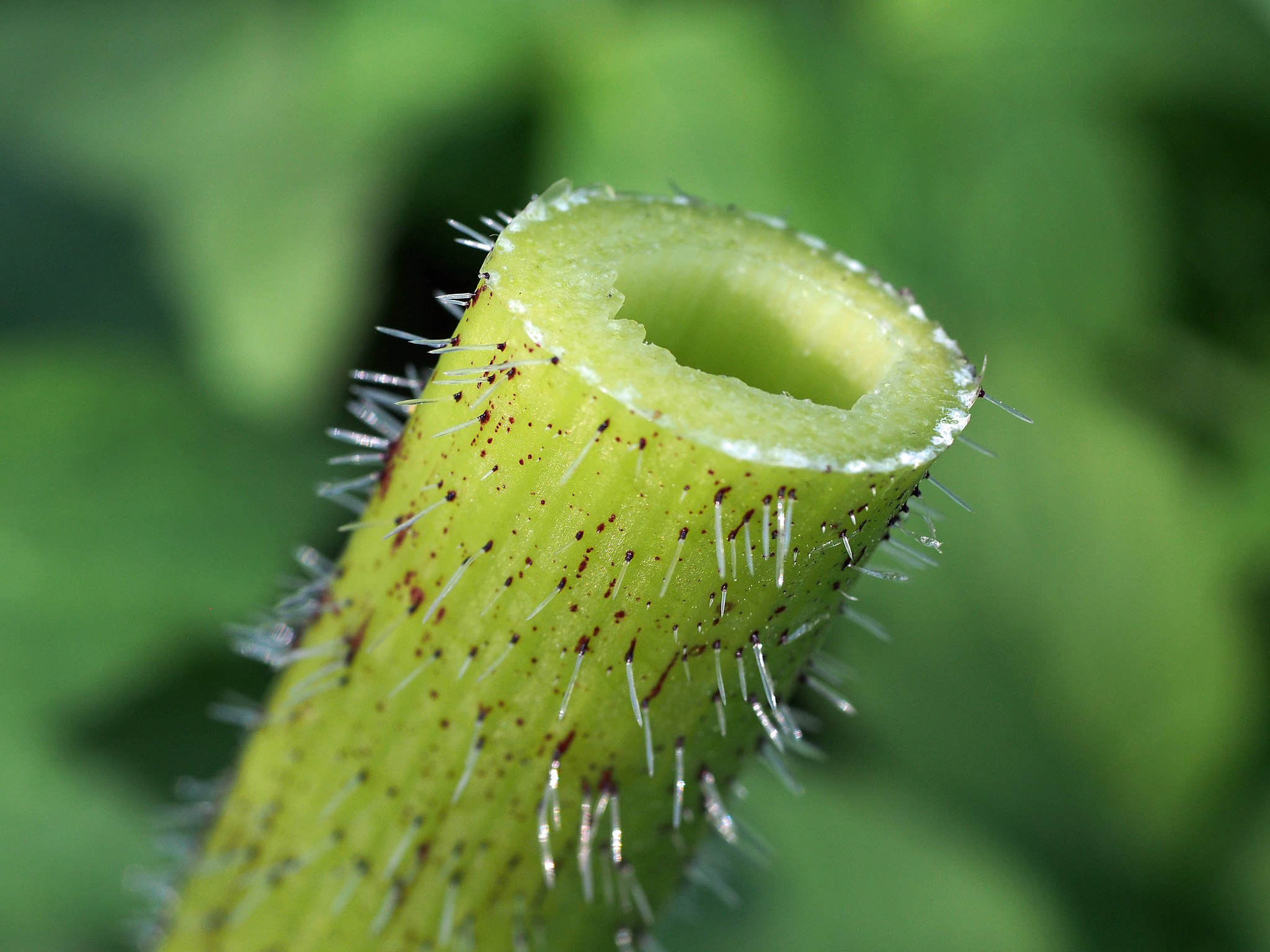Giant hogweed (Heracleum mantegazzianum)
Warning!

Invasive?
Giant hogweed originated in the Caucasus and was introduced to Europe as an ornamental. And garden plant introduced to Europe. Its enormous growth height (over 3 m) and leaf area enables it to crowd out most native herbaceous plant species. It can form dense stands that absorb up to 80% of incoming light, displacing most light-demanding species. If it grows on riverbanks, the seeds can be dispersed by water for miles. In addition to ecological problems, tall invasive hogweed species also pose a serious health threat to humans. The plant secretes a clear watery sap that contains several photosensitizing furanocoumarins. Upon contact with human skin and in combination with ultraviolet radiation, these compounds cause severe burns to the skin (Branquart et al. 2010). After flowering, the plant parts die, leaving unattached riparian soil and the risk of erosion.
Where?
Giant hogweed grows on moist and nutrient-rich soils in ruderal habitats, along roadsides, riverbanks and forest edges, in abandoned or neglected meadows and in tall herbaceous communities. It is rarely found in older ecosystems such as forests, but can occur in open floodplain forests.
Appearance?
The stem is hollow and furrowed, it bears purple spots, especially in the lower part. It can grow up to 10 cm thick at the base. The leaves grow up to 1 (rarely up to 3) m long, they are 3-5-lobed with pinnatifid segments. The umbrella-like or plate-like inflorescence can reach 80 cm in diameter and consists of white to pink flowers. The ripe fruits are flat and have upward curved bristles, especially on the edge.
Distribution in Luxembourg/ Action Plan: https://neobiota.lu/heracleum-mantegazzianum/
"File:Jättebjörnloka (Heracleum mantegazzianum) i Väsmestorp, Sörby sn 5186.jpg"
by Gunnar Creutz is licensed under CC BY-SA 4.0.

"File:Riesen-Bärenklau 01 (Heracleum mantegazzianum).JPG" by Hajotthu is licensed under CC BY 3.0.
This website uses no external trackers, no analytics, just session cookies and values your online privacy.

